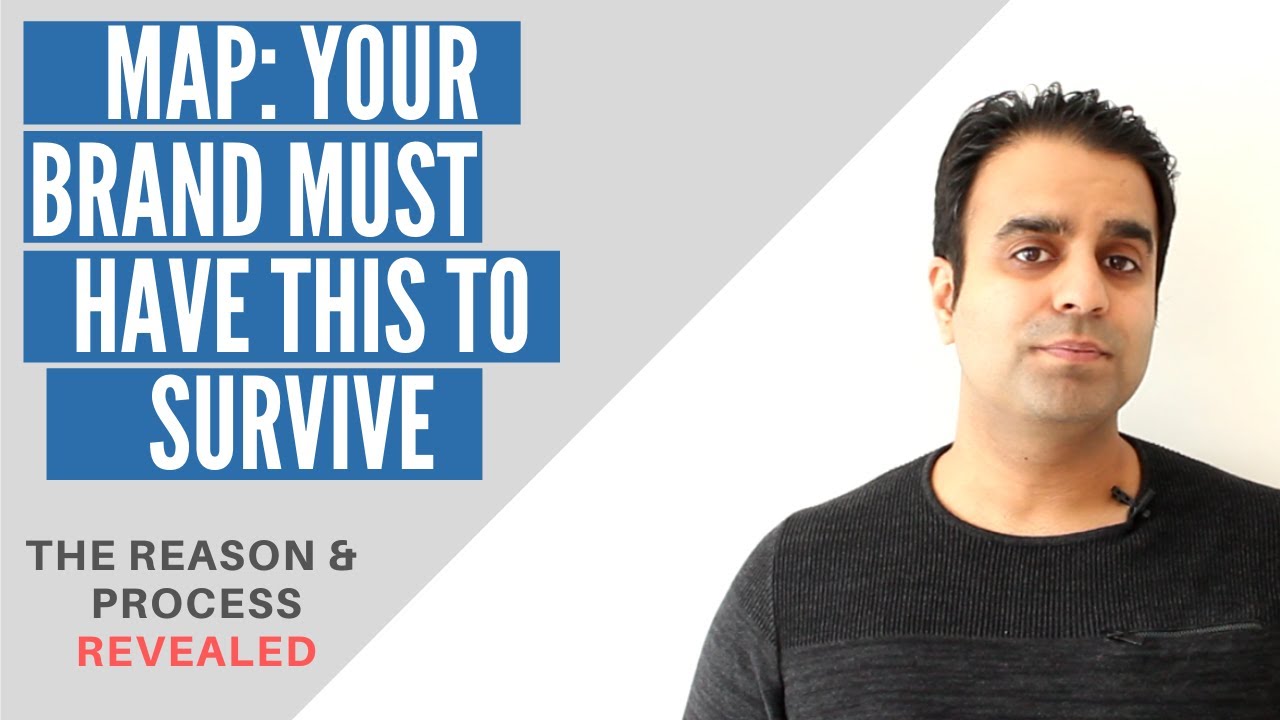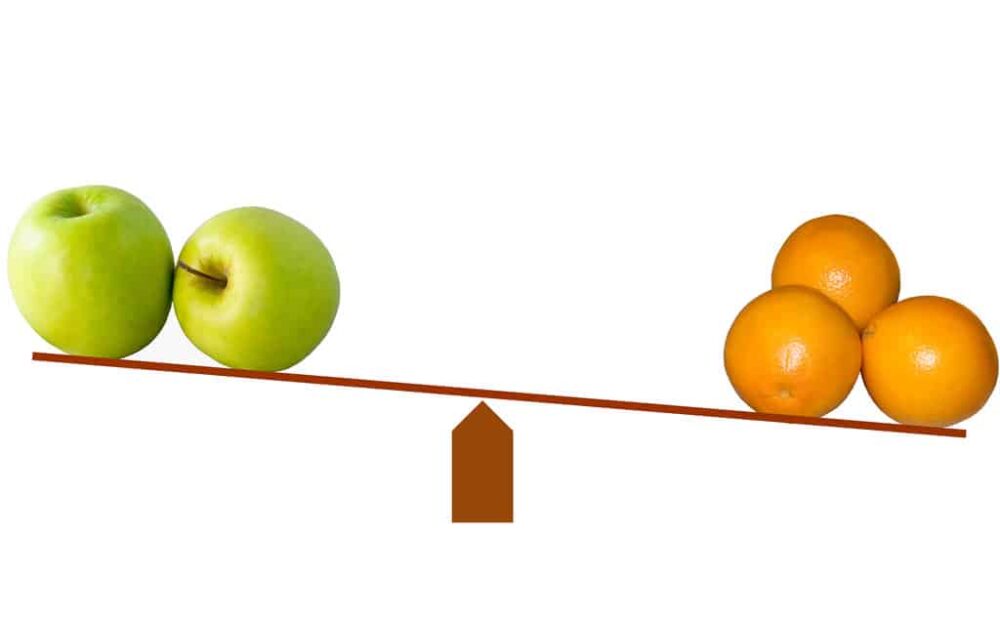Minimum advertised prices are a problem for people who work in retail (MAP).
MAP is supposed to protect the companies that make the products, but it can make it hard for retailers to advertise those products.
Here's what you need to know aboutMAP pricingand how it will affect your business.

Minimum Advertised Price (MAP) – A Policy All Brands Need In Order To Survive
What Is MAP Pricing?
In its most basic form, MAP is the lowest price a store can list a product for sale at.
To be clear, this doesn't mean that this is the lowest price they can sell it for in their store. It just means that this is the lowest price they can show online or in an ad.
For example, one of Bose's speaker systems may have a MAP price of $999.
In an ad, you can't say that it's for sale for less than $999.
The rules are the same whether the ad is online or in print.
What Is The Difference Between MAP And MSRP?
MSRP stands for "Manufacturer's Suggested Retail Price." This is the price that the company that makes the product thinks it should sell for.
With MAP pricing, the only thing that is taken into account is how the product is advertised. With MSRP, on the other hand, the manufacturer tells retailers what they think the price of the product should be.
The MSRP is meant to be protected by MAP pricing.
For example, if a company wants to build a high-end brand, like Lexus or Tiffany's, they don't want their products to be advertised at very low prices.
It tells customers that the products are not worth the price they are being sold for.
Minimum advertised pricing is legal in the U.S. because it only applies to "advertised" prices and doesn't tell retailers what they can sell it for in their stores.
Why Is A MAP Policy Important For Brands?
Under a MAP agreement, retailers are told the lowest selling price they can display for a product, so they set a minimum selling price for it across their promotional calendar.
This helps customers understand the true value of products and identify fakes.
MAP policy should follow product life cycle.
If you launch a new generation but don't adjust the MAP price, your retailer will struggle to sell old stock.
Brands should implement a MAP policy across all sales channels.
Here are four.
Better Brand Protection
Without a MAP policy, retailers may advertise products at low prices to get people to come into their stores, get more people to visit their websites, or get rid of old stock.
On digital marketplaces like Amazon, there can be a lot of competition for a spot on the shelf.
Some sellers may be tempted to sell a brand's products at a very low price or even at a loss in order to get good reviews, get into the "Buy Box," and sell more.
When this happens too often, it can make people think that a brand or product isn't as good as it once was.
This could be terrible for luxury brands and expensive product lines.
Because of this, it's very important for brands to have some say over their minimum advertised price.
Better Protection For Retailers
Even though some retailers might want to lower prices, a MAP policy will help keep other resellers' profits safe.
When one store lowers the price of an item, other stores may have to do the same to stay in business.
But this race to the bottom will hurt retailers in the long run.
It may even get to the point where it doesn't make sense for a store to carry a brand's products anymore.
Having a MAP policy in place, on the other hand, gives brands some control and can help them stop this from happening.
This should help their relationships with retailers and resellers in the long run.
This is one of the main reasons why brands make a MAP policy.
When a retailer and a brand build a relationship of trust, it can help the retailer get access to new products earlier than expected and give them other benefits.
But for this to work, both sides need to cooperate and keep the MAP up to date with how popular and useful the product is right now.
More Sales Channels
By protecting third-party margins, brands may see more channels and sellers stocking their products.
MAP helps retailers compete fairly.
Even small companies and traditional retailers with high overhead can stock a brand's products at a competitive price.
Good retailers will appreciate your policy.
They can compete with larger retailers on price.
A MAP policy turns a "suggested" price into an enforceable price.
More sales channels mean more sales for a product.
This is an omnichannel strategy.
Adjust MAP policy based on product life cycle.
If you launch a new generation but don't adjust the MAP price, your retailer will struggle to sell old stock.
Accurate Performance Analysis
When all retailers work within the same price range and don't try to undercut each other, brands can get a better idea of how their products are doing.
Since sales aren't being driven by deep discounts, brands can easily see which products are selling well and why.
This can give information about consumer behavior, mistakes in targeting, successful marketing, and how well retailers are doing.
Then, brands can use this information to make better business decisions, form more strategic partnerships, and focus on selling products that are in high demand.
What Are The Benefits Of A MAP Policy?
MAP policies help everyone, including the owner of the brand, the manufacturer, the distributor, and the retailer.
The benefits of MAP pricing policy are easy to see.
Among the benefits are:
- Trying to stop price wars
- Keeping away from loss-leader products
- Staying ahead of the game
- Get rid of bad performers
- Keeping in-person stores interested
Penalties For Advertising Below MAP
MAP violations are common.
Gray market sellers are illegal.
They don't know your MAP policy because they don't work for you.
Employing an Internet brand protection solution backed by a team of professionals can help you deal with unauthorized sellers.
Red Points helps.
Red Points looks for sales sites and adsthat our customers don't want representing their businesses.
We must take action against rogue retailers so brand owners can focus on building relationships and increasing revenue.
The manufacturer should be able to enforce the penalty for noncompliance.
First-time written warning to a customer.
If a retailer doesn't comply, it's recommended to suspend or stop doing business with a non-compliant distributor.
The manufacturer can issue a cease-and-desist order if the store refuses to cooperate.
Tracing illegal dealers' supply chain and penalizing their authorized supplier may stop them.
People Also Ask
Can I Sell Below MAP?
MAP pricing is not legally binding, but rather a mutually advantageous agreement to price products at or above a predetermined price.
The operative word is advertised; retailers may sell products at prices below MAP, but they may not advertise those prices.
What Is Map Pricing Strategy?
Minimum Advertised Price (MAP) is the abbreviation for Minimum Advertised Price.
Brands establish MAP policies to stipulate the minimum price at which retailers may advertise their products.
Typically, brands establish minimum advertised prices at a level that allows retailers to make a profit.
Are MAP Policies Illegal?
If your MAP policy is designed incorrectly, a court may find it to be an illegal restraint of trade under state, federal, or foreign antitrust laws. The consequences of such a violation can be disastrous: antitrust laws allow claimants to seek treble (triple) damages, and the government may impose additional civil penalties.
Conclusion
Setting a Minimum Advertised Price (MAP) might not be right for every product or business.
But because eCommerceis becoming more competitive, it makes sense for many brands to have a MAP policy.
Just make sure to talk to a lawyer before putting your own policy into place.


